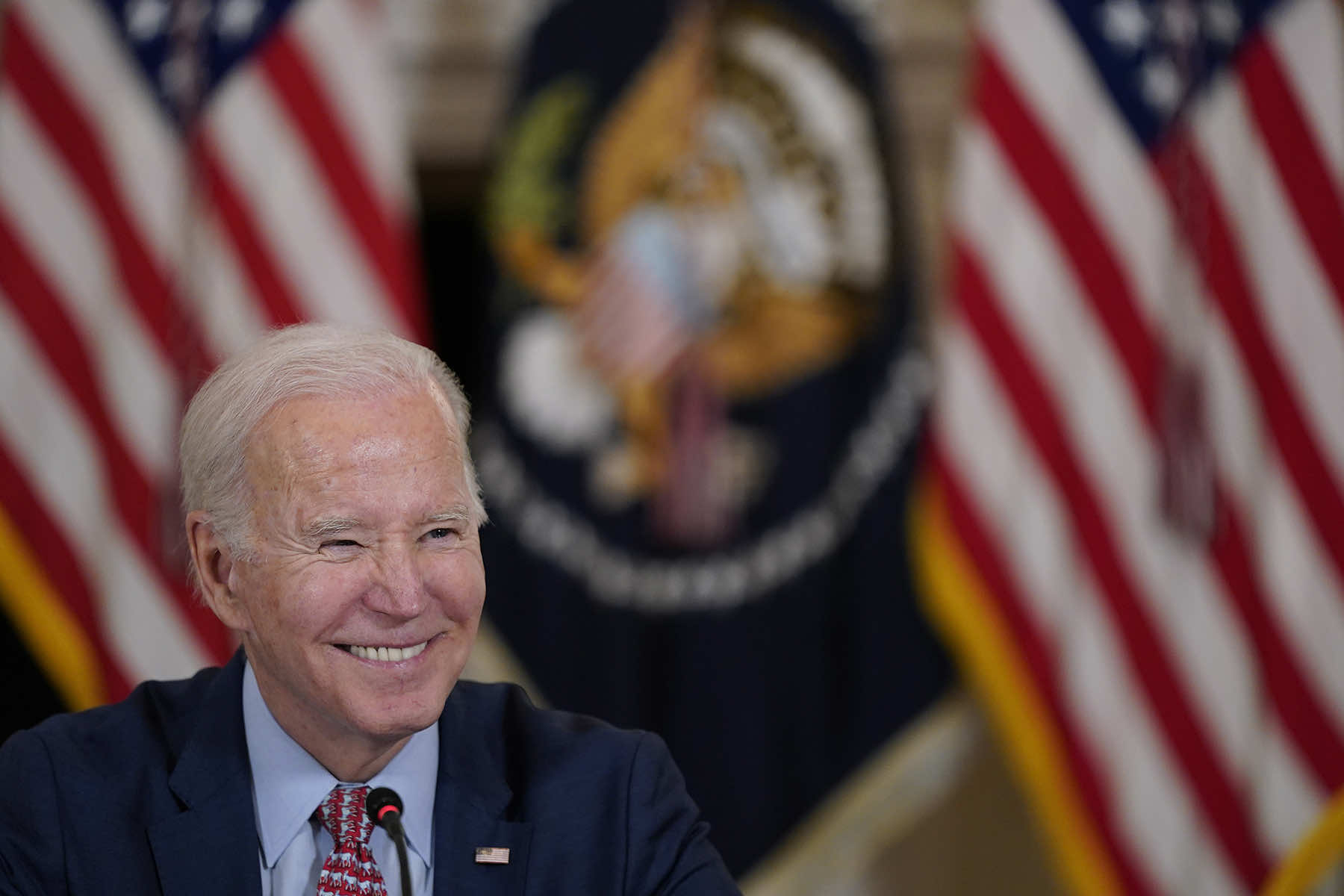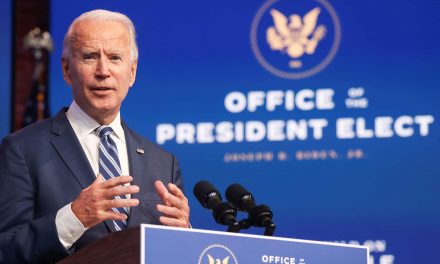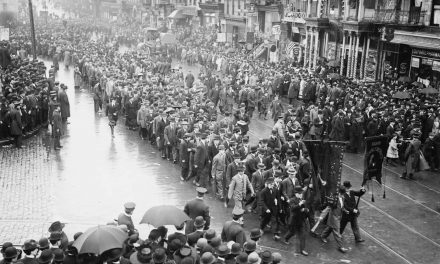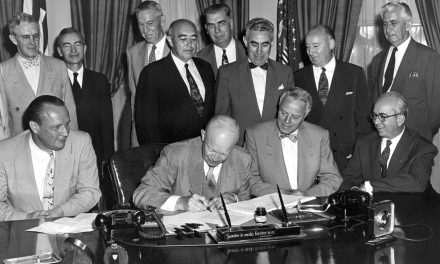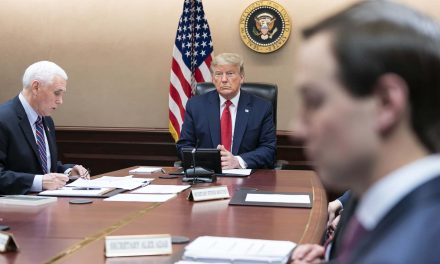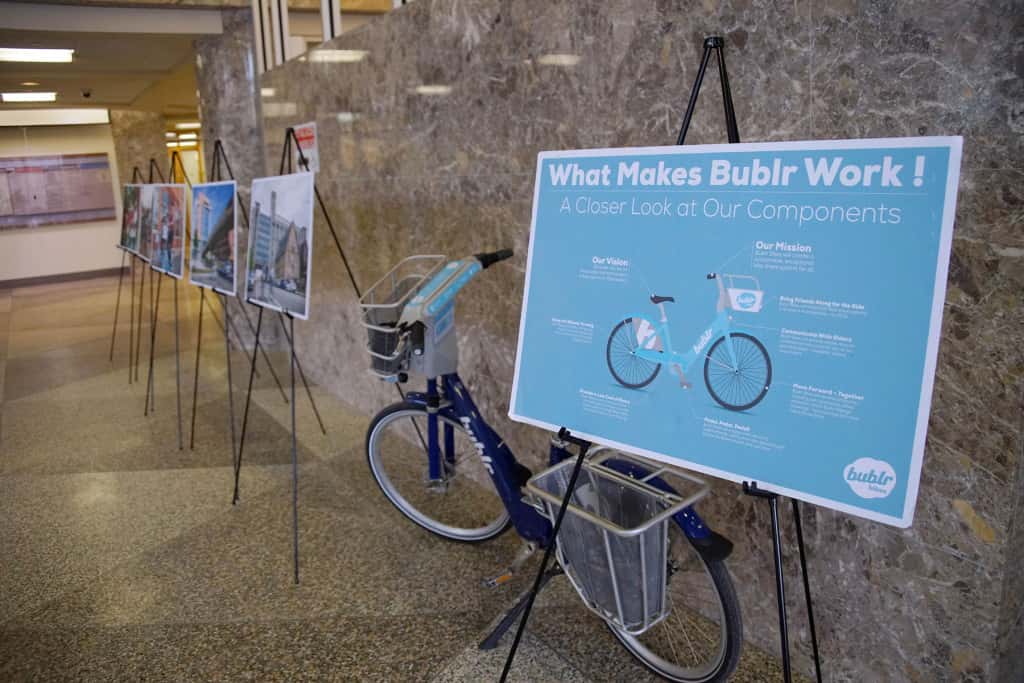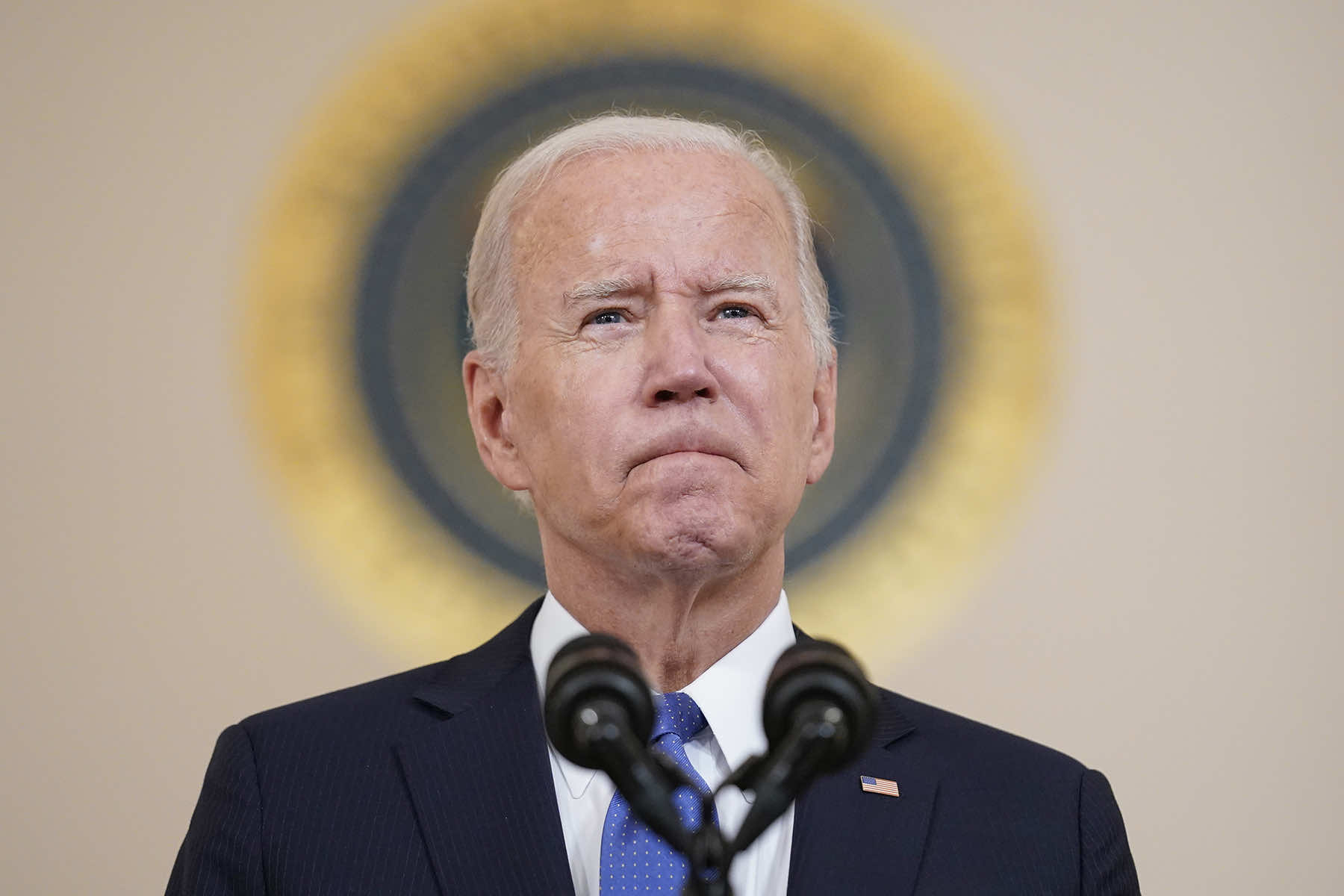
In Chicago at the end of June, President Joe Biden gave a historic speech at the Old Post Office Building downtown. In it, he was crystal clear that he has launched a new economic vision for the United States to stand against that of today’s Republicans. As he has said since he took office, he intends to build the economy “from the middle out and the bottom up instead of just the top down.”
His vision, he said, “is a fundamental break from the economic theory that has failed America’s middle class for decades now.”
That theory is “trickle-down economics,” the idea that cutting taxes for the wealthy and for corporations while shrinking public investment in infrastructure and public education will nurture the economy. Under that theory the most important metric was a company’s bottom line, Biden pointed out, so companies reduced costs by taking factories and supply chains overseas to find cheap labor, leaving “entire towns and communities…hollowed out.”
It also meant cutting taxes, which led to dramatic cuts in public investments in infrastructure, research, social programs and so on, with the idea that concentrating money in a few hands would prompt private investment in the economy. That investment would, the theory went, provide more jobs and enable everyone to prosper.
This is the worldview that the Republicans have embraced since 1980 and that, Biden said, has “failed the middle class. It failed America. It blew up the deficit. It increased inequity. And it weakened…our infrastructure. It stripped the dignity, pride, and hope out of communities one after another…. People working as hard as ever couldn’t get ahead because it’s harder to buy a home, pay for a college education, start a business, retire with dignity. [For] the first time in a generation, the path of the middle class seemed out of reach,” Biden said.
Biden came into office determined to reverse this policy by investing in the American people rather than in tax cuts. With the help of a Democratic Congress, the president backed legislation that invests in infrastructure, repairing our long-neglected roads and bridges, and in supply chains and manufacturing. Rather than scaring off private investment, as the trickle-down theory argued, that public investment has attracted more than $490 billion of private money into new industries. Manufacturing is booming. Together, infrastructure and manufacturing have created new jobs that pay well.
Central to Biden’s vision is the idea that the prosperity of the United States rests on its working people, rather than its elites. In Chicago he emphasized his administration’s focus on training and education, as well as its emphasis on the trades and unions. He also emphasized economic competition, noting that business consolidation has stifled innovation, reduced wages, made supply chains vulnerable, and raised costs for consumers.
To reduce the deficit that has exploded in the past decades and to pay for new programs, Biden reiterated the need for fair taxes on the wealthy and corporations after decades of cuts. “Big Oil made $200 billion last year and got a…$30 billion tax break,” he said, while billionaires pay an average of 8% in taxes, less than “a schoolteacher, a firefighter, or a cop.” He called for “making the tax code fair for everyone, making the wealthy and the super-wealthy and big corporations begin to pay their fair share, without raising taxes at all on the middle class.”
“We’re not going to continue down the trickle-down path as long as I’m president,” Biden said. “This is the moment we are finally going to make a break…. Here’s the simple truth about trickle-down economics: It didn’t represent the best of American capitalism, let alone America. It represented a moment where we walked away… from… how this country was built…. Bidenomics is just another way of saying: Restore the American Dream because it worked before. It’s rooted in what’s always worked best in this country: investing in America, investing in Americans. Because when we invest in our people, we strengthen the middle class, we see the economy grow. That benefits all Americans. That’s the American Dream.”
Biden often points to the New Deal of the 1930s as his inspiration. In that era, under Democratic president Franklin Delano Roosevelt, Congress responded to the economic crash spurred by unregulated capitalism by passing a wide range of laws that regulated business and protected workers, provided a basic social safety net including Social Security, and promoted infrastructure.
In his speech accepting the 1932 Democratic presidential nomination, FDR condemned the policies of his predecessors that turned the government over to businessmen, declaring that “the welfare and the soundness of a nation depend first upon what the great mass of the people wish and need; and second, whether or not they are getting it.” He pledged to give the American people a “new deal” to replace the one that had led them into the Depression, and to lead a “crusade to restore America to its own people.”
But FDR was not the first president to see ordinary Americans as the heart of the nation and to call for a government that protected them, rather than an economic elite. FDR’s distant relative Theodore Roosevelt, a Republican, made a similar argument as president thirty years earlier. Responding to a world in which a few wealthy industrialists—nicknamed “robber barons”—monopolized politics and the economy, he called for a “square deal” for the American people.
“[W]hen I say that I am for the square deal,” TR said in 1910, “I mean not merely that I stand for fair play under the present rules of the game, but that I stand for having those rules changed so as to work for a more substantial equality of opportunity and of reward for equally good service.” He called for conservation of natural resources, business regulation, higher wages, and “social” legislation to create a “new nationalism” that would rebuild the country. Overall, he wanted “a policy of a far more active governmental interference with social and economic conditions in this country than we have yet had, but I think we have got to face the fact that such an increase in governmental control is now necessary.”
But TR did not invent the idea of government investment in and protection of ordinary Americans either. In his New Nationalism speech, TR pointed back to his revered predecessor, Republican president Abraham Lincoln, who believed that the government must serve the interests of ordinary people rather than those of elite southern enslavers. When South Carolina senator James Henry Hammond told the Senate in 1858 that society was made up of “mudsills” overseen by their betters, who directed their labor and, gathering the wealth they produced, used it to advance the country, Lincoln was outraged.
Society moved forward not at the hands of a wealthy elite, he countered, but through the hard work of ordinary men who constantly innovated. A community based on the work and wisdom of farmers, he said in 1859, “will be alike independent of crowned-kings, money-kings, and land-kings.” In office, Lincoln turned the government from protecting enslavers to advancing the interests of workingmen, including government support for higher education.
Biden has recently embraced the term “Bidenomics,” a term coined by his opponents who insist that their embrace of tax cuts is the only way to create a healthy economy. But Bidenomics is simply a new word for a time-honored American idea.
Patrick Semansky (AP) and Andrew Harnik (AP)
Letters from an Аmerican is a daily email newsletter written by Heather Cox Richardson, about the history behind today’s politics

